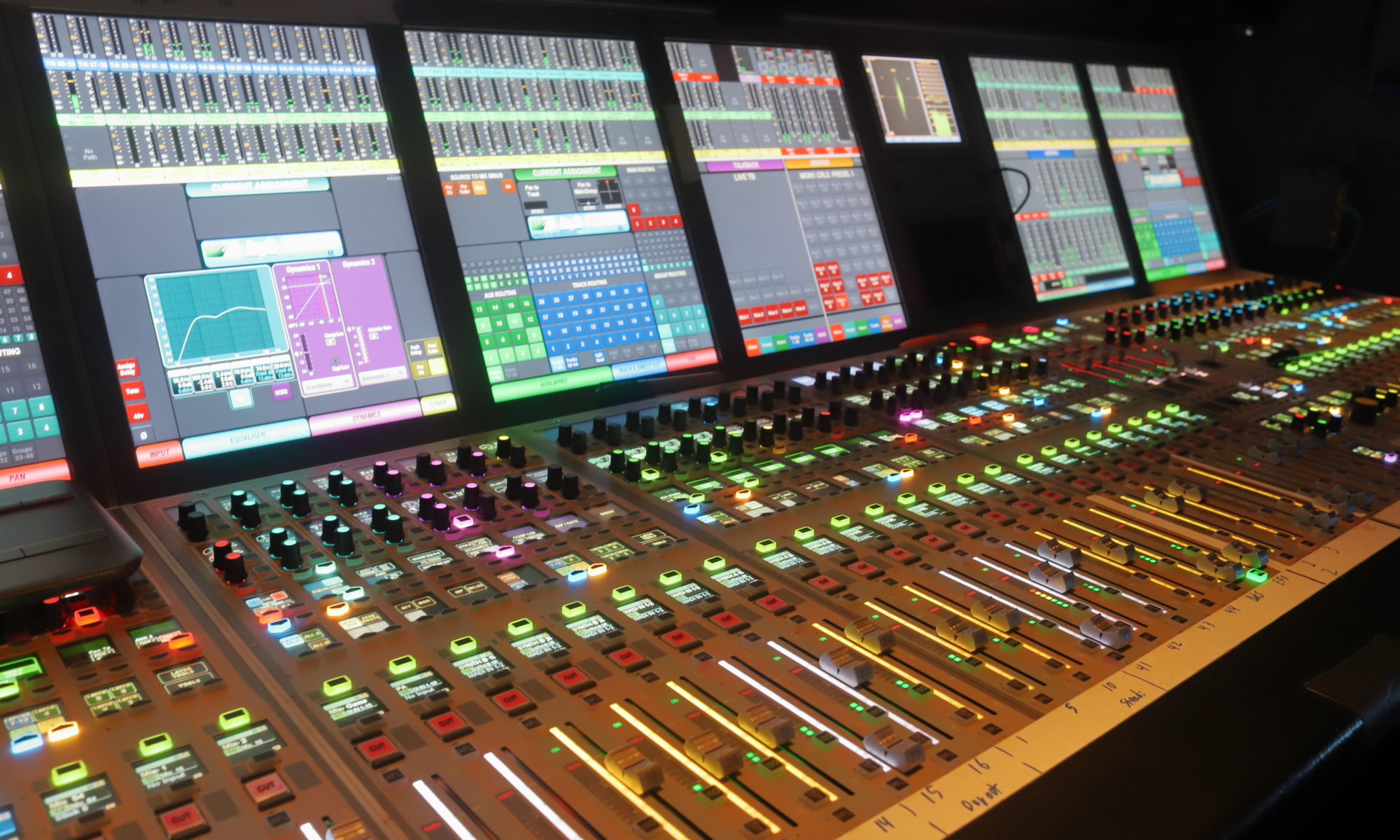Electronics poster presentations, commonly called “e-posters,” are similar to traditional poster presentations, but presented on a large screen. They are a great way to present information in a small audience setting, event registration area, or an exhibit booth.
Most people utilize PowerPoint to display their information. Microsoft offers PowerPoint Viewer to use to display PowerPoint files on Computers that do not have PowerPoint installed.
Essential Production Services uses large Flat Screen Monitors on stands for this type of presentation.
- Set the page set up to “On-Screen Show (16:9),” and size to a 16:9 format. Width should be set to 10” and height to 5.625”. Set the orientation to Landscape.
Formatting tips
- It is recommended to use a minimum font of 9 points. (this can vary with screen size, distance from screen, and other factors)
- Less is more. Be clear and concise with poster design and content. Overcrowding a poster makes it difficult to read.
- Use Fonts that are large enough to read at a distance.
- Leave some space on the edges of slides. Do not have text or images touching edges.
- Contrast matters. Put light-colored fonts on dark backgrounds and dark fonts on light-colored backgrounds so that your viewers can easily see your text.
- Imbed high quality graphics and videos. Do not have links to external media. Set videos to Auto-play.
- Avoid hyperlinks. Internet access will not be available for most events. It is better to not depend on this.
- Sound will not be used for most presentations. Make sure to not use sound unless your event will offer this feature.
- Recommended fonts include Calibri, Arial, Verdana or Times New Roman.
- Don’t overcrowd the slide.
- Do not use WordArt, reflections, drop shadows, 3D, semitransparent fills or textured backgrounds; they are unpredictable when moving slides between systems and are not necessary
A search of the internet can provide many design and layout tips
